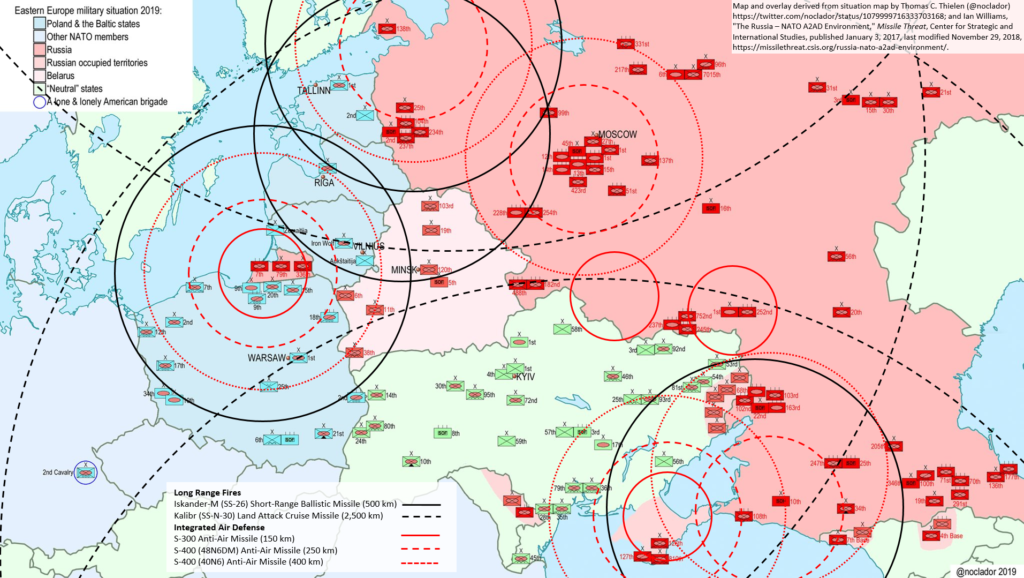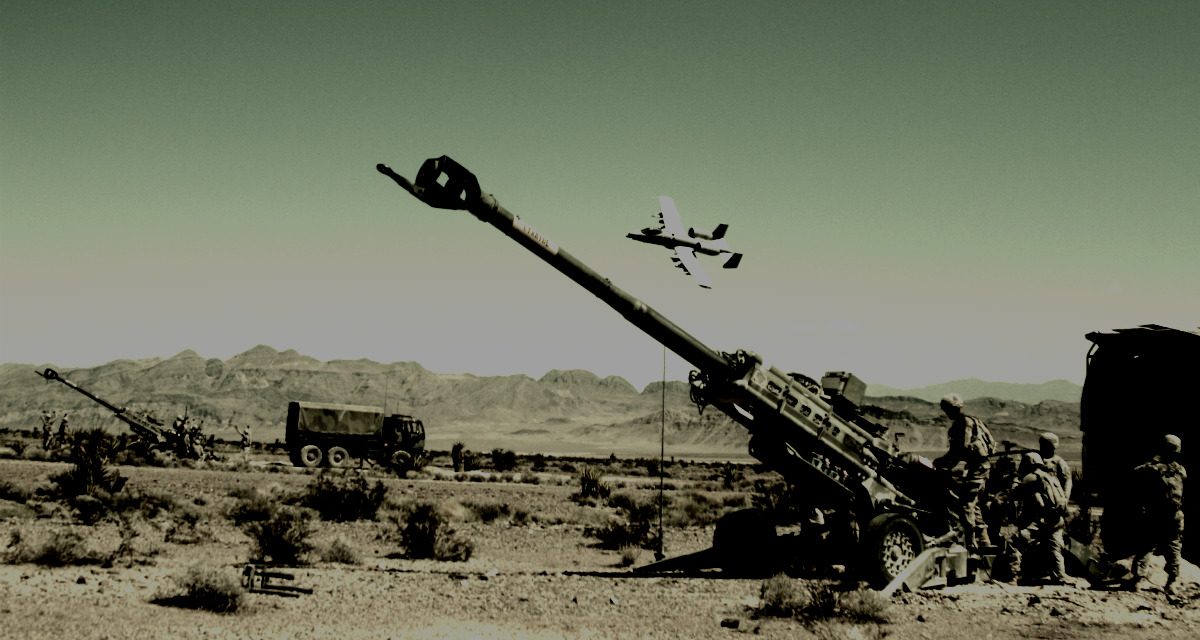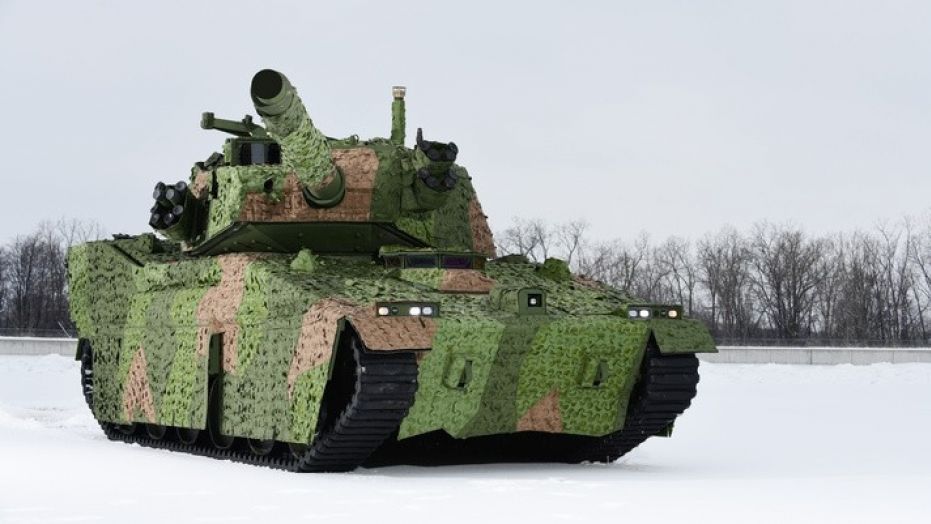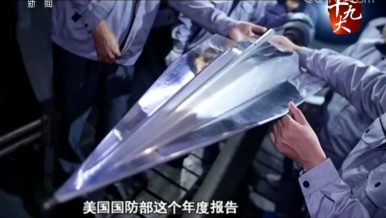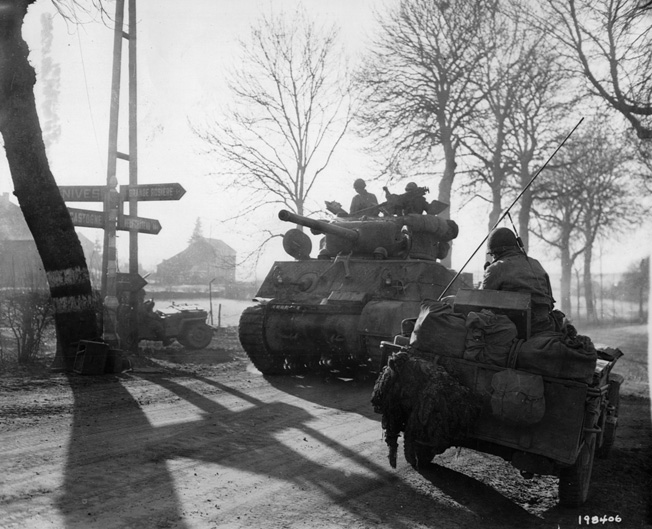
The eighth of Trevor Dupuy’s Timeless Verities of Combat is:
Successful defense requires depth and reserves.
From Understanding War (1987):
Successful defense requires depth and reserves. It has been asserted that outnumbered military forces cannot afford to withhold valuable firepower from ongoing defensive operations and keep it idle in reserve posture. History demonstrates that this is specious logic, and that linear defense is disastrously vulnerable. Napoleon’s crossing of the Po in his first campaign in 1796 is perhaps the classic demonstration of the fallacy of linear (or cordon) defense.
The defender may have all of his firepower committed to the anticipated operational area, but the attacker’s advantage in having the initiative can always render much of that defensive firepower useless. Anyone who suggests that modern technology will facilitate the shifting of engaged firepower in battle overlooks three considerations: (a) the attacker can inhibit or prevent such movement by both direct and indirect means, (b) a defender engaged in a fruitless firefight against limited attacks by numerically inferior attackers is neither physically nor psychologically attuned to making lateral movements even if the enemy does not prevent or inhibit it, and (c) withdrawal of forces from the line (even if possible) provides an alert attacker with an opportunity for shifting the thrust of his offensive to the newly created gap in the defenses.
Napoleon recognized that hard-fought combat is usually won by the side committing the last reserves. Marengo, Borodino, and Ligny are typical examples of Napoleonic victories that demonstrated the importance of having resources available to tip the scales. His two greatest defeats, Leipzig and Waterloo, were suffered because his enemies still had reserves after his were all committed. The importance of committing the last reserves was demonstrated with particular poignancy at Antietam in the American Civil War. In World War II there is no better example than that of Kursk. [pp. 5-6]
Dupuy’s observations about the need for depth and reserves for a successful defense take on even greater current salience in light of the probably character of the near-future battlefield. Terrain lost by an unsuccessful defense may be extremely difficult to regain under prevailing circumstances.
The interaction of increasing weapon lethality and the operational and human circumstantial variables of combat continue to drive the long-term trend in dispersion of combat forces in frontage and depth.
Long-range precision firepower, ubiquitous battlefield reconnaissance and surveillance, and the effectiveness of cyber and information operations will make massing of forces and operational maneuver risky affairs.
As during the Cold War, the stability of alliances may depend on a willingness to defend forward in the teeth of effective anti-access/area denial (A2/AD) regimes that will make the strategic and operational deployment of reserves risky as well. The successful suppression of A2/AD networks might court a nuclear response, however.
Finding an effective solution for enabling a successful defense-in-depth in the future will be a task of great difficulty.

